#american wildlife
Text

70 notes
·
View notes
Text
In 2019, wildlife researcher Andrea Malek discovered evidence that the critically endangered American burying beetle (Nicrophorus americanus) may have successfully bred itself in the wild, providing a future where these elusive beetles may once again become a part of the native American ecosystem.
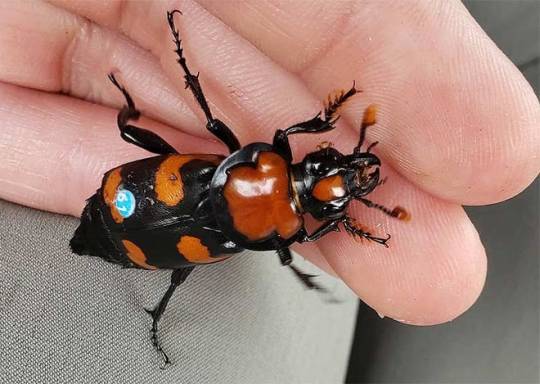
An American burying beetle (N. americanus). Critically endangered though the possibility of species re-establishment now seems brighter. Photo credit to The Columbus Dispatch.
Once common throughout the United States and Canada, it is believed that N. americanus dwindled in population due loss of appropriately sized food sources, light pollution, and competition from larger scavengers among other things.
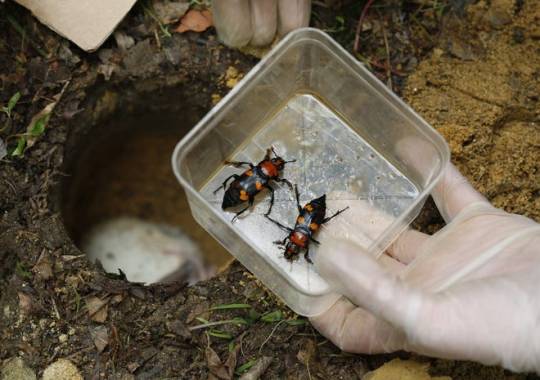
A pair of mating beetles are about to be placed in their makeshift home where they will feed, mate, and produce new offspring, all on top of a warm cozy carcass. Photo credit to the Columbus Dispatch.
To re-establish the American burying beetle population, breeding programs at The Wilds in Muskingum County, Ohio were initiated with new populations released every summer. However, none seem to have survived the winter period, until now.
youtube
Click on the link above to read more about these fantastic beetles and the breeding program maintained by The Wilds and the Ohio Department of Natural Resources Wildlife division.
#nature#american burying beetle#nicrophorus americanus#breeding program#ohio wildlife#american wildlife#beetles#coleoptera#entomology news#entomology#Youtube
2 notes
·
View notes
Text

A young American alligator (Alligator mississippiensis) rides on the back of its mother in Brazos Bend State Park, Texas, USA
by Rick Dunlap
#american alligator#alligators#crocodilians#reptiles#alligator mississippiensis#alligator#alligatoridae#crocodilia#reptilia#chordata#wildlife: texas#wildlife: usa#wildlife: north america
24K notes
·
View notes
Text
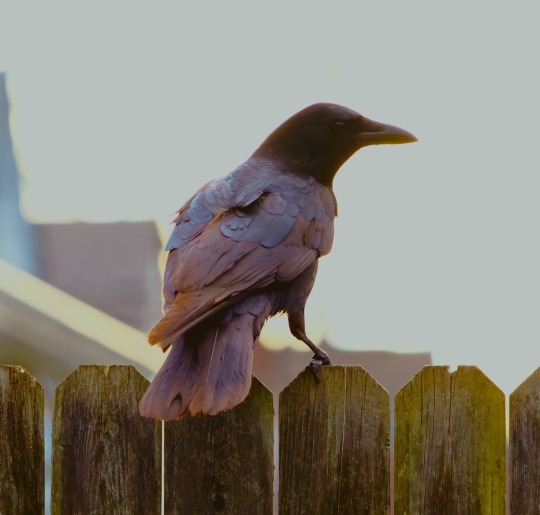
American Crow on the fence by my house
Photo by me, taken on FujiFilm X-T30 II
#animals#crow#American crow#corvids#photography#fujifilm#FujiFilm x-t30#my photography#my photos#my pic#nature photography#wildlife#wildlife photography#animal photography#bird#birds#corvid#crows#birding#bird photography#nature
4K notes
·
View notes
Text
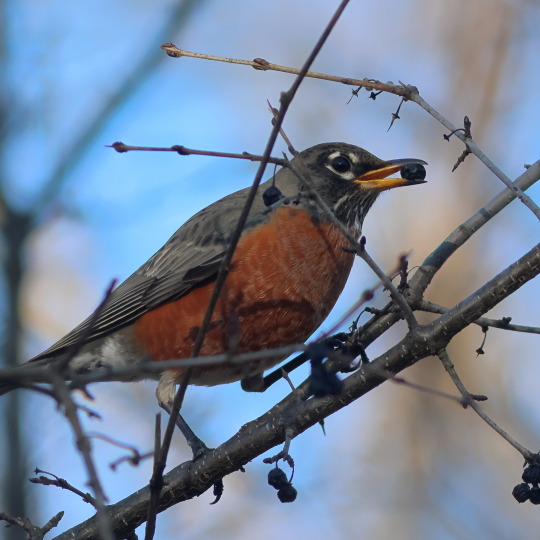
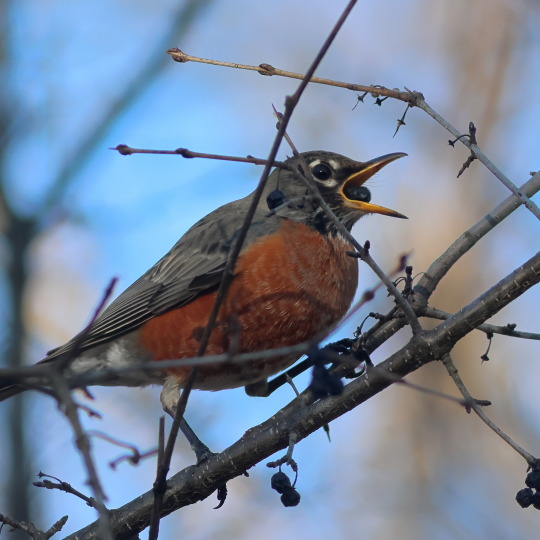

Gulp.
#midwest#winter#american robin#robin#gulp#chokecherry#birds#nature photography#wildlife photography#bird#birdwatching#birding#birblr#birbs of tumblr#birbs#cute birbs#bird photos#bird photography#bird pics#original photography#original photographers
3K notes
·
View notes
Text
"When considering the great victories of America’s conservationists, we tend to think of the sights and landscapes emblematic of the West, but there’s also a rich history of acknowledging the value of the wetlands of America’s south.
These include such vibrant ecosystems as the Everglades, the Great Dismal Swamp, the floodplains of the Congaree River, and “America’s Amazon” also known as the “Land Between the Rivers”—recently preserved forever thanks to generous donors and work by the Nature Conservancy (TNC).
With what the TNC described as an “unprecedented gift,” 8,000 acres of pristine wetlands where the Alabama and Tombigbee Rivers join, known as the Mobile Delta, were purchased for the purpose of conservation for $15 million. The owners chose to sell to TNC rather than to the timber industry which planned to log in the location.
“This is one of the most important conservation victories that we’ve ever been a part of,” said Mitch Reid, state director for The Nature Conservancy in Alabama.
The area is filled with oxbow lakes, creeks, and swamps alongside the rivers, and they’re home to so many species that it ranks as one of the most biodiverse ecosystems on Earth, such that Reid often jokes that while it has rightfully earned the moniker “America’s Amazon” the Amazon should seriously consider using the moniker “South America’s Mobile.”
“This tract represents the largest remaining block of land that we can protect in the Mobile-Tensaw Delta. First and foremost, TNC is doing this work for our fellow Alabamians who rightly pride themselves on their relationship with the outdoors,” said Reid, who told Advance Local that it can connect with other protected lands to the north, in an area called the Red Hills.
“Conservation lands in the Delta positions it as an anchor in a corridor of protected lands stretching from the Gulf of Mexico to the Appalachian Mountains and has long been a priority in TNC’s ongoing efforts to establish resilient and connected landscapes across the region.”
At the moment, no management plan has been sketched out, but TNC believes it must allow the public to use it for recreation as much as possible.
The money for the purchase was provided by a government grant and a generous, anonymous donor, along with $5.2 million from the Holdfast Collective—the conservation funding body of Patagonia outfitters."
youtube
Video via Mobile Bay National Estuary Program, August 7, 2020
Article via Good News Network, February 14, 2024
#united states#alabama#estuary#wetlands#swamp#river#environment#environmental issues#conservation#video#biodiversity#american south#ecosystems#ecology#conservation news#wildlife conservation#ecosystem#conservation efforts#good news#hope#forest#swampco#re#Youtube
2K notes
·
View notes
Text
2K notes
·
View notes
Text

Campfire Scene by Norton Bush
#norton bush#art#campfire#wildlife#landscape#nature#fire#forest#woods#moonlight#moonlit#night#evening#clouds#sky#trees#america#north america#american
3K notes
·
View notes
Text
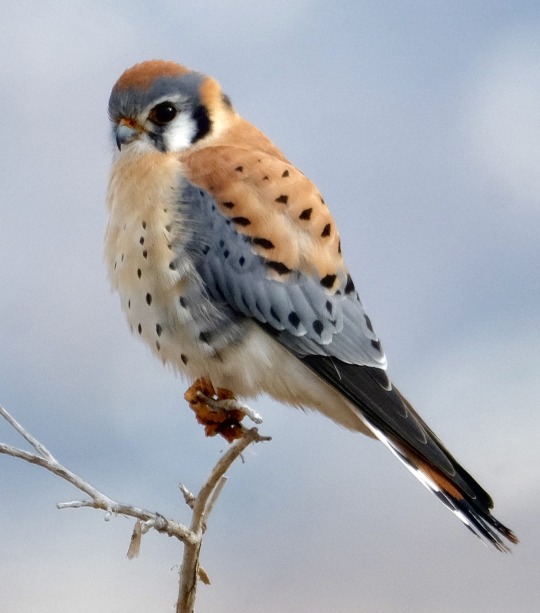
One of my favorite raptors to see, the American Kestrel. This little guy was finishing his lunch and allowed me to get a few close-ups before flying away.
#utah#nature#desert southwest#wildlife#birding#bird watching#greatsaltlake#farmingtonbay#american kestrel#bird of prey
666 notes
·
View notes
Text

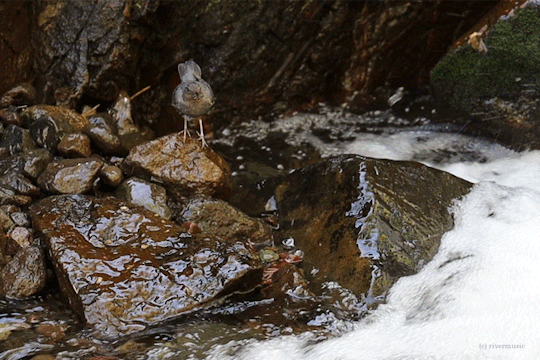

A lively young American Dipper gathering a meal for it's young
(c) riverwindphotography, July 2023
3K notes
·
View notes
Text

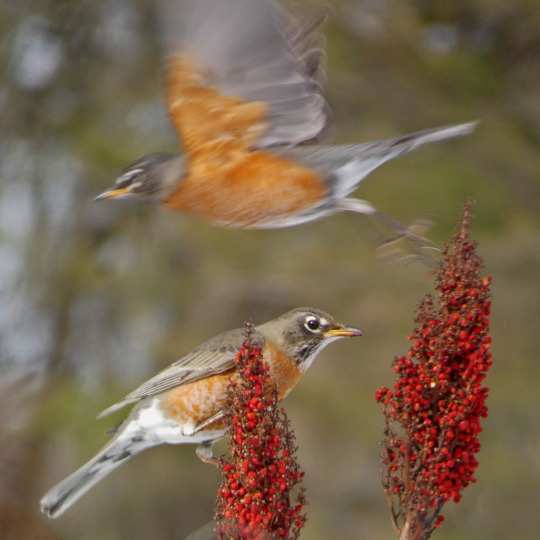
Incoming
American Robins (Turdus migratorius)
January 23, 2024
Southeastern Pennsylvania
#birds#bird#photographers on tumblr#birdblr#birb#birbs#ornithology#birblr#nature#animals#wildlife#wildlife photography#american robin#robin#Turdus migratorius
558 notes
·
View notes
Text
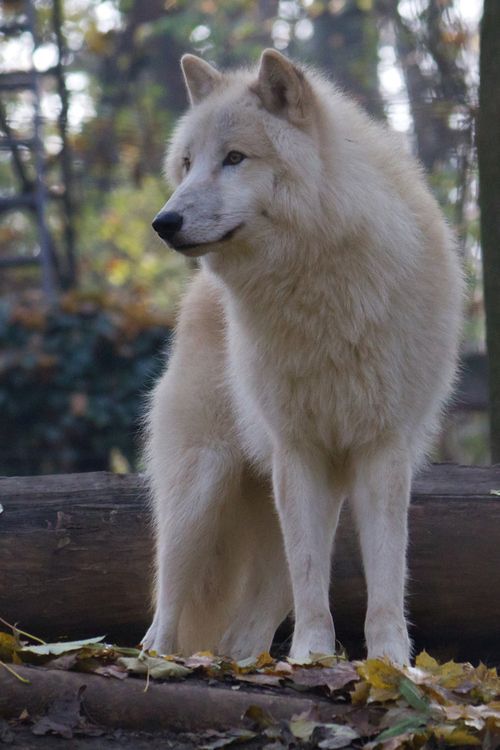
62 notes
·
View notes
Text


teaching babies how to lure worms
l American woodcocks
3K notes
·
View notes
Text

American crocodile
By: Unknown photographer
From: Wildlife Fact-File
1990s
342 notes
·
View notes
Text

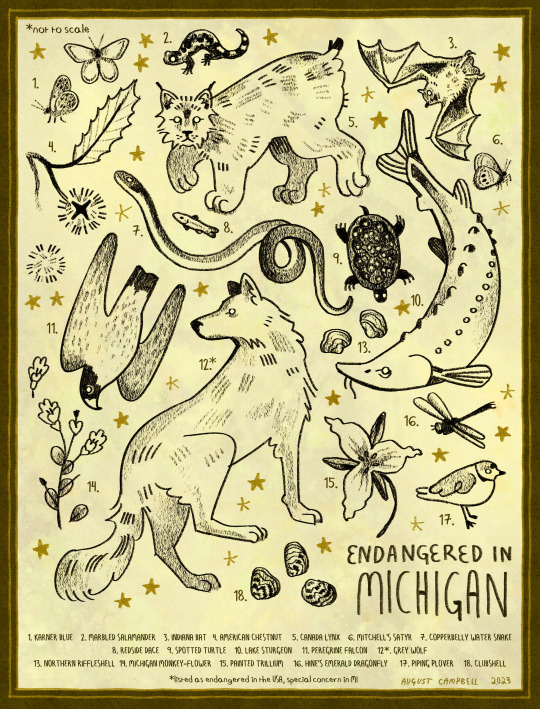
ENDANGERED IN MICHIGAN [redraw]
1. karner blue 2. marbled salamander 3. indiana bat 4. american chestnut 5. canada lynx 6. mitchell's satyr 7. redside dace 8. copperbelly water snake 9. spotted turtle 10. lake sturgeon 11. peregrine falcon 12*. grey wolf 13. northern riffleshell 14. michigan monkey-flower 15. painted trillium 16. hine's emerald dragonfly 17. piping plover 18. clubshell
*listed as endangered in the USA, special concern in MI
#my art#art#endangered species#michigan flora#michigan fauna#michigan wildlife#biology art#conservation#north american wildlife
2K notes
·
View notes
